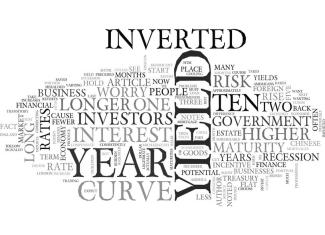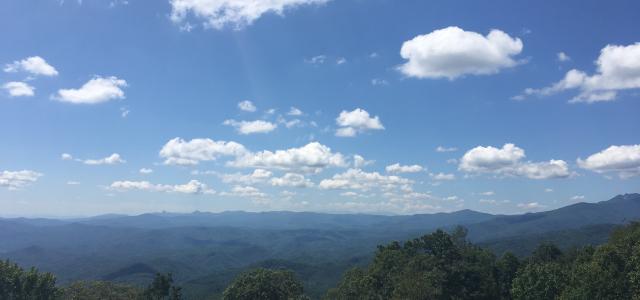
Yield Curves & Recessions
Recently, the headline news was about the U.S. yield curve “inverting,” and what this might mean for the economy and markets.Inverted Yield Curve
What is the Yield Curve?
If you take the interest rate yields on U.S. Treasuries with maturities ranging from 3 months to 30 years and plot these rates, the resulting graph traditionally is an upwardly sloping curved line, with the yields on longer-term maturing bonds higher than on shorter-term maturing bonds.
Normal Yield Curves vs. Inverted Yield Curves
If yields were 2% on a 1-year bond; 2.5% on a 5-year bond; 3.0% on a 10-year bond; and 4.0% on a 30-year bond, this would be a “normal” upwardly sloping yield curve. On the other hand, image if these yields were the exact opposite, with the 1-year bond having the highest yield and the 30-year bond having the lowest yield. This would be abnormal, and the yield curve would be “inverted.”
It makes sense that yields on a longer-maturity bond would exceed those of a shorter-maturity bond, since you are taking more risk by investing in a longer-maturity bond.
Where Are We Today?
The yield on the 10-Year Treasury note dropped from 3.23% last November to 2.42% a week ago, putting it slightly less than the yield on the 3-Month Treasury bill and creating a small inversion. While yields could invert anywhere along the maturity spectrum, investors and economists typically focus on the 3-month vs. 10-year maturity. As of today, we are not inverted, as the 3-month yield is 2.43% and the 10-year is 2.49%.
What Does an Inversion Mean?
In an inversion, short-term yields exceed long-term yields, signaling worries about future economic weakness. The last seven U.S. recessions since 1965 were preceded by an inverted yield curve – so an inverted curve is not a good thing. However, there were two inversions during this period that were not followed by recessions. So, an inverted curve doesn’t always mean a recession is imminent.
Other Observations
An inversion needs to last for a while, such as a quarter, to provide a solid signal of the risk of economic weakness. An inversion that lasts a few days, such as the most recent one, is not very convincing.
Even when a prolonged inversion happens, it is a very impractical market timing tool. The number of months between yield curve inversion and a recession has averaged around 14 months but varied from a low of 8 months to a high of 24 months over the past 60 years. In addition, the time between an inversion and a peak in the stock market has ranged from 5 months to 21 months over that same period.
All that we can glean from today’s relatively flat yield curve or last week’s brief inversion is that investors, while watching a U.S. economy that is still expanding, have some worries about the slowing of the growth.
Gerald A. Townsend, CPA/PFS/ABV, CFP®, CFA®, CMT is president of Townsend Asset Management Corp., a registered investment advisory firm located in Raleigh, North Carolina. Email: Gerald@AssetMgr.com

